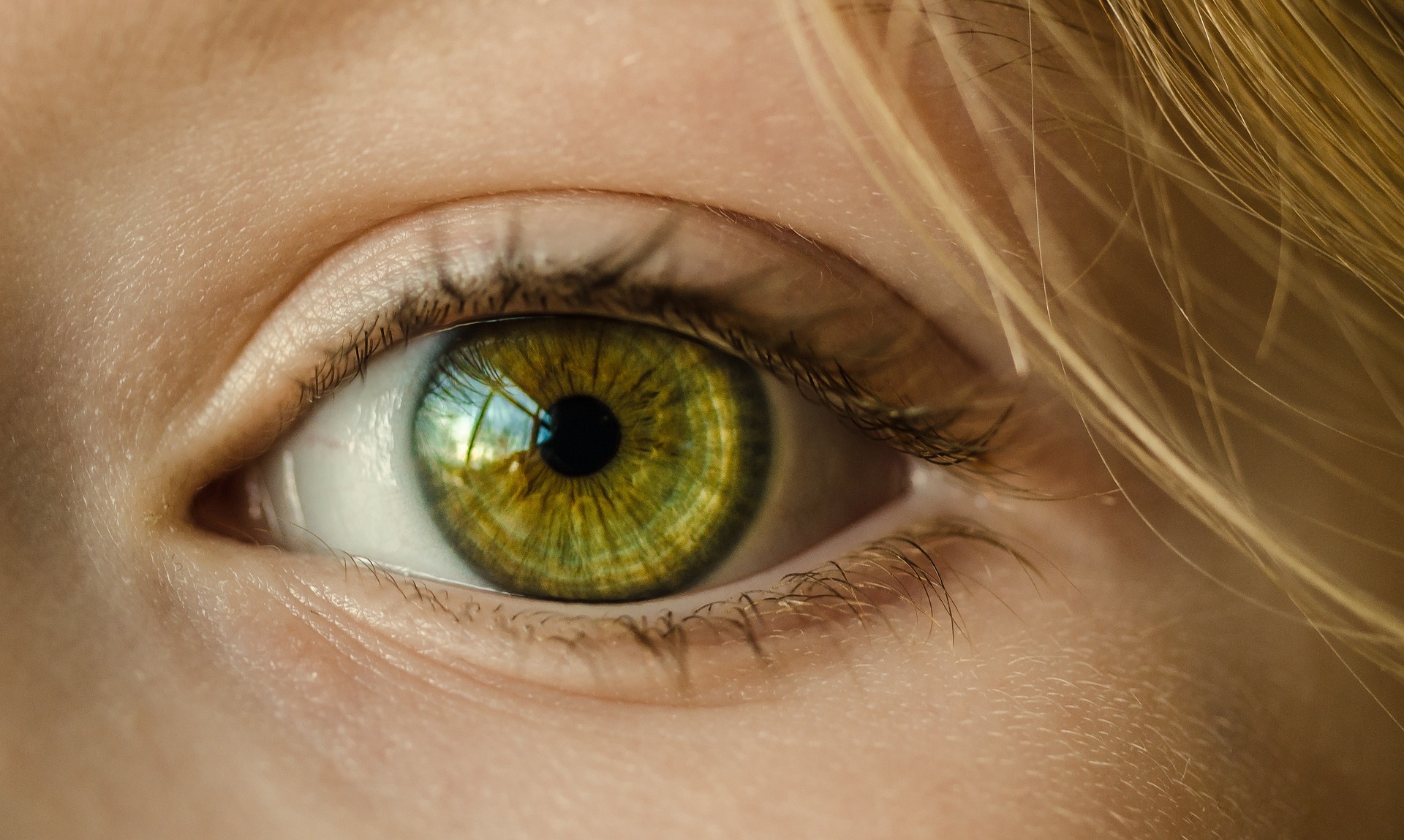Common minor eye conditions

Common minor eye conditions
There are a large variety of common minor eye conditions that can be worrying but are not serious. In this post, we discuss a number of these minor conditions. Naturally, if you are concerned about your eye health it is always advisable to speak to an eye care professional.
Twitchy Eyes
Eye twitches are very common and usually nothing to worry about. They're often linked with tiredness, stress, drinking caffeine or alcohol and some medicines. You may also have tingling or spasms around the eye area.
Eye twitches will normally stop in a few days or weeks and there’s usually no treatment for it. To help stop twitches you should get plenty of rest, find ways to relax and avoid drinking alcohol and caffeine.
Seek medical advice if you also have a twitch in another part of your body or if you think the twitch may be caused by medication.
Dry Eyes
If your eyes are itchy, sore, gritty, red, sensitive or more watery than normal you may have dry eyes. Many people get dry eyes, it's not usually serious and there are things you can do to help.
There are many reasons for having dry and itchy eyes, these include:
- being over the age of 50
- wearing contact lenses
- spending long periods looking at computer screens
- spending time in air-conditioned or heated environments
- spending time in windy, cold, dry or dusty environments
- smoking or drinking alcohol
- taking certain medicines
- going through the menopause
- having a dry eye condition
You can help reduce dry and itchy eyes by gently cleaning your eyelids every day, taking regular breaks when using a computer screen, using a humidifier if the air is very dry, and taking breaks from wearing contact lenses. Also, avoid smoking and drinking excessive alcohol and don’t spend too long in smoky, dry, dusty, air-conditioned or excessively heated spaces.
Dry eyes are often helped by some or all of the following treatments:
- A heat mask – usually warmed in the microwave and applied to closed eyes for 5-10 minutes daily to help improve the quality of the tears.
- A special eyelid cleansing product – lid wipes and gels help to keep the eyelids clean and remove debris.
- Dry eye drops – come in a variety of types, we usually recommend preservative-free drops, as the preservatives found in some drops can cause further irritation.
Your optometrist will be able to recommend the best approach for your type of dry eye.
Subconjunctival Haemorrhage
A subconjunctival haemorrhage is a red patch on the white part of your eye caused by a broken blood vessel. It might look scary, but it’s usually harmless.
You might not even know that a blood vessel has broken until you look in a mirror. You probably won’t notice any vision changes or pain, you might just have a scratchy feeling on your eye. The red spot may grow over 24 to 48 hours. Then it will slowly turn yellow as your eye absorbs the blood.
There are various common causes of subconjunctival haemorrhage including strong coughing or sneezing, straining, roughly rubbing your eye, injury, contact lenses, viral infection and eye surgery.
Most red spots heal on their own without treatment. Depending on how big it is, it may take a few days or even a few weeks to go away. There’s no way to speed up this process but ice packs can help ease any swelling and discomfort.
Call your doctor if the blood doesn’t go away in 2-3 weeks, if you also have pain or vision problems, if you have more than one subconjunctival haemorrhage, or if the blood is anywhere inside the coloured part of your eye (iris). If you have two or more episodes in quick succession, see your GP to have your blood pressure checked.
Conjunctivitis
Conjunctivitis is a common condition that causes redness and inflammation of the surface tissue of the eye (the conjunctiva).
Conjunctivitis is often called ‘red eye’ and other symptoms include itchiness and watering of the eyes, and sometimes a sticky coating on the eyelashes. Infective (bacterial or viral) conjunctivitis can affect one eye at first but usually affects both eyes in the end. Allergic conjunctivitis usually affects both eyes at the same time.
Conjunctivitis has a number of causes including bacterial or viral infection, an allergic reaction (for example pollen or dust mites) and the eye coming into contact with irritants like shampoo or chlorinated water.
Treatment isn't usually needed for conjunctivitis and the symptoms often clear up within a week or 2. If treatment is needed, the type of treatment will depend on the cause. In severe cases, antibiotic eye drops can be used to clear the infection.
It's advisable not to wear contact lenses until the symptoms have cleared up. Any sticky or crusty coating on the eyelids or lashes can be cleansed with cotton wool and water. Make sure to clean each eye separately to minimise the chance of cross-infection. Washing your hands regularly and not sharing flannels, pillows or towels will help prevent it from spreading to others.
If you have any concerns about red or uncomfortable eyes your optometrist or pharmacist will be able to advise you on the best course of action. Always seek advice immediately if you are experiencing any eye pain, loss of vision or light sensitivity.
